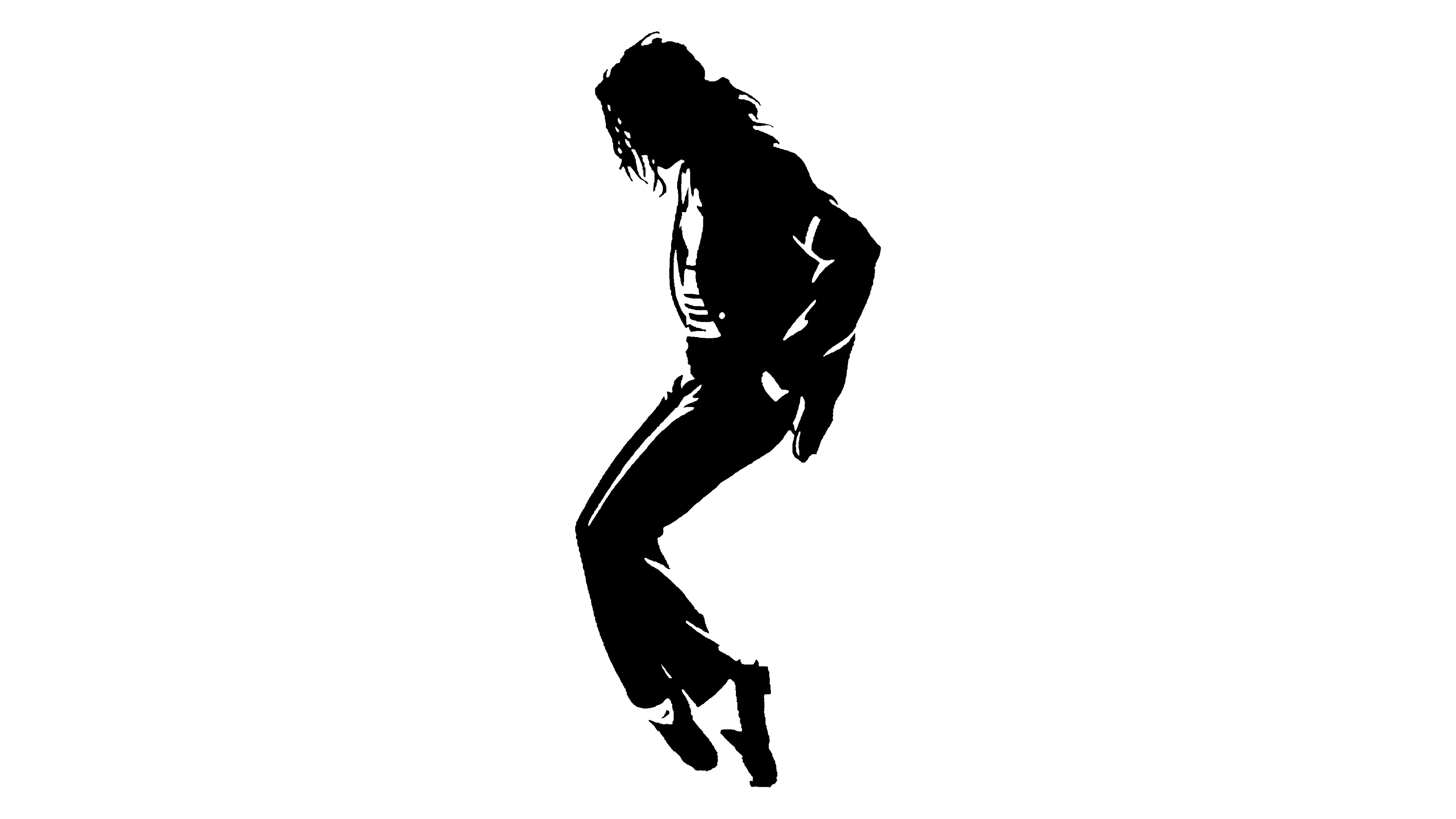Michael Jackson Logo
Michael Jackson, often hailed as the “King of Pop,” was a groundbreaking American musician known for his exceptional singing, dancing, and songwriting skills. Born on August 29, 1958, he became a global icon with his distinctive voice, energetic dance moves including the moonwalk, and a series of best-selling albums like “Thriller,” “Bad,” and “Dangerous.” His career, spanning over four decades, transformed the landscape of pop music, influencing generations of artists. Jackson’s unique style, blending pop, soul, and funk, coupled with spectacular stage performances, earned him numerous awards and a massive, devoted fan base worldwide. Despite controversies, his legacy as a music legend endures.
Meaning and history
Michael Jackson’s saga in the music realm is a blend of unmatched artistry and global influence. Emerging from Gary, Indiana in 1958, Jackson’s journey commenced in the dynamic ensemble of The Jackson 5. His standout vocal prowess and stage magnetism soon paved the way for a solo voyage. The 1979 release “Off the Wall” marked Jackson’s initial foray into a fusion of pop, soul, and disco, hinting at the transformative impact he was set to impart on the music industry.
The 1982 masterpiece “Thriller” skyrocketed Jackson to a zenith of fame, setting records as the world’s best-selling album. It featured groundbreaking hits like “Billie Jean” and “Beat It,” which innovatively melded rock with pop. Jackson’s music videos, notably “Thriller” and “Smooth Criminal,” transformed into epic visual narratives, redefining the concept of music videos with their intricate dance sequences and storytelling.
With the 1987 release of “Bad,” Jackson cemented his position as a seminal figure in global pop culture. Tracks such as “The Way You Make Me Feel” and “Man in the Mirror” not only showcased his musical dexterity but also echoed his humanitarian ethos. His later albums, “Dangerous” (1991) and “HIStory” (1995), continued to break new ground, blending new jack swing with elements of pop and rock.
Jackson’s influence extended beyond music to fashion, epitomized by his iconic single white glove and military-inspired attire. His dance innovations, especially the moonwalk, captured the imagination of audiences worldwide. Despite facing personal tribulations and controversies, Jackson’s impact on the music landscape remained steadfast, inspiring a diverse array of artists.
Jackson’s untimely demise in 2009 left a void in the music world, yet his legacy as a pioneer in music and popular culture endures. His career, characterized by unparalleled artistic achievements and a profound connection with audiences globally, cements him as an immortal figure in the annals of music, forever revered as the “King of Pop.”
Who is Michael Jackson?
Michael Jackson, often celebrated as the “King of Pop,” was an American musical virtuoso whose talents reshaped the landscape of pop music. Born in 1958, he rose to fame with his electrifying performances, innovative music videos, and groundbreaking albums like “Thriller.” Jackson’s unique fusion of pop, dance, and fashion, along with his humanitarian efforts, left an indelible mark on global pop culture.
1964 – 1982
The logo presents a bold typographic representation of the name “Michael Jackson,” stylized in a vivid red hue. The letters are rendered in a sleek, sans-serif typeface with substantial weight, conveying a sense of modernity and impact. Notably, the design incorporates heart shapes into the composition, with one cradling the curve of the initial “M” and another adorning the tail of the “J,” symbolizing the love and passion that both the artist himself and his fans feel towards his music and legacy. The color red is traditionally associated with energy and intensity, mirroring the dynamic nature of Jackson’s career and performances. This logo merges simplicity with emotive symbolism, creating an instantly recognizable visual tribute to the iconic entertainer.
1982 – 2009
This logo presents the name “Michael Jackson” in a flowing, cursive script that suggests a personal signature, adding a touch of individuality and personal branding. Contrasting the previous logo’s bold red and heart motifs, this design opts for a monochromatic scheme, emphasizing elegance and simplicity. The fluidity of the lines captures the essence of Jackson’s dance style—graceful and seemingly effortless. The underline streak adds a sense of motion and flair, mirroring Jackson’s dynamic performances. This logo evokes the intimate and artistic nature of Jackson’s work, positioning his identity not just as a global pop icon but also highlighting the personal, artistic touch he brought to his craft.
1987 – 1989
The logo depicted showcases the name “Michael Jackson” in a stark, bold, sans-serif font, emphasizing a modern and straightforward approach. It contrasts sharply with the previous signature-style logo, abandoning fluidity for a solid and assertive presence. The uniformity of the letters and their substantial form convey a sense of strength and stability, reflecting perhaps a period of Jackson’s career characterized by established fame and significant influence. This design opts for a minimalist aesthetic, focusing entirely on legibility and impact without additional graphical elements. The choice of black on a white background suggests a classic, timeless quality, much like the artist’s enduring legacy in the music industry.
1988
This logo offers a striking departure from the previous stark, block-lettered approach, embracing an abstract, artistic representation. Horizontal lines create a sense of rhythm and movement, reminiscent of musical staff lines or the kinetic energy of sound waves. This stylization forms a silhouette, which could be interpreted as Michael Jackson’s iconic pose, capturing his dynamic and unmistakable stage presence. The absence of explicit text marks a confident statement that the silhouette alone is as recognizable as his name. It’s a visual evolution from the conventional to the symbolic, encapsulating Jackson’s ability to communicate and connect beyond the written word, through the universal language of music and dance.
1995
This logo returns to textual clarity, spelling out “Michael Jackson” with a sophisticated serif font that offers a classic and timeless feel. Differing from the prior abstract design, this one emphasizes readability and the artist’s name’s traditional representation. The letters have an elegant, refined structure with subtle variations in thickness, conveying a sense of refinement and professionalism. This shift from the abstract back to a clear, type-based logo could signify a re-emphasis on the personal brand of Michael Jackson, placing his name at the forefront once again. It’s a blend of the modern and the traditional, mirroring the artist’s fusion of contemporary sound with classic pop influences.
2001
The logo displays “Michael Jackson” in a two-tone color palette, with a gradient effect transitioning from a lighter shade on the left to a darker one on the right. This design choice symbolizes the multifaceted nature of Jackson’s career, from his lighter, youthful beginnings to a more complex and profound artistry. The fading color could also represent the artist’s evolving image in the public eye, suggesting depth and the passage of time. It’s a minimalist but conceptually rich design, aligning with the modernist aesthetic of the new millennium and reflecting the enduring, evolving legacy of Michael Jackson.
2004
The logo captures the essence of Michael Jackson’s persona through a stark, black and white silhouette of his iconic dance pose. Unlike the previous logos that focused on textual representation, this one communicates through a powerful visual cue: Jackson’s distinctive style and stage presence. The silhouette is dynamic, with arms raised and legs positioned in mid-motion, encapsulating the energy and excitement of his performances. This shift from text to imagery represents a move towards an emblematic portrayal of Jackson, emphasizing the universal recognition of his body language and his contributions to the art of dance and performance. It’s a bold statement, suggesting that Jackson’s physical expression in his art is as signature as his name.
2009 – Today
This logo presents another iconic silhouette of Michael Jackson, this time capturing his legendary moonwalk dance move. The silhouette is dynamic, with his body leaning forward and one foot delicately balanced on its toes—a trademark move that captivated audiences worldwide. In contrast to the previous logo, which depicted a more static pose with Jackson’s arms raised, this image is all about the fluidity and motion that were hallmarks of his performances. The silhouette is more detailed, indicating the texture of his clothing and the curls of his hair, bringing a more personal touch that resonates with fans familiar with his attire and hairstyle. This logo is a tribute not just to Jackson’s global stardom but also to his mastery of dance and his ability to defy gravity and expectations with his movement.


















